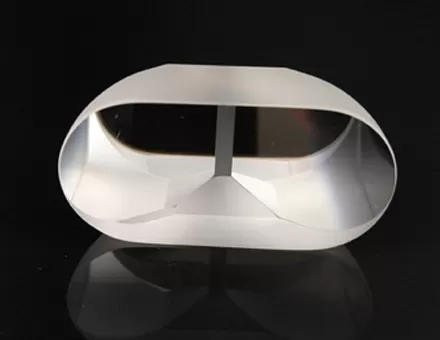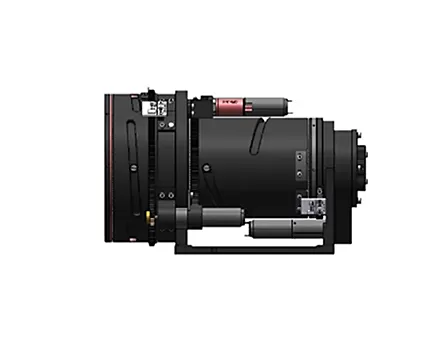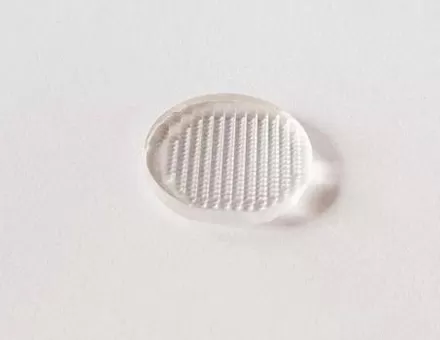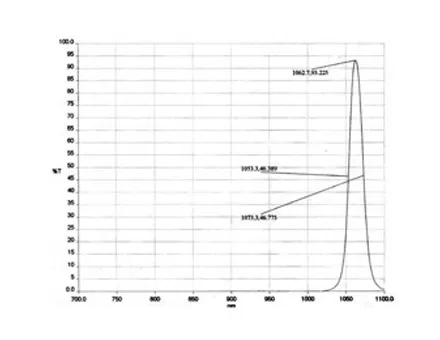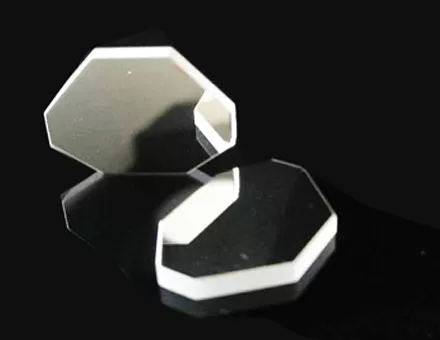For the cemented lens, the first thing is to understand the physical properties of the filter, but also to understand the matters that should be paid attention to when using the cemented lens, in order to better assist the optical glass product of the cemented lens. Cementing cylindrical lens suppliers to popularize the use of cementing lens optical plate should pay attention to matters.
The filter is made of plastic or glass and then added with special dyes. The transmittance of the glass sheet is similar to that of air. All colored light can pass through, so it is transparent. However, after dyeing, the molecular structure changes and the refractive index changes. For example, a beam of white light passes through a blue filter and emits a beam of blue light. Greenlight and red light are very few, and most of them are absorbed by the filter.
Achromatic Cemented-Double Lens
The optical filter is used to attenuate (absorb) some of the light wavebands or to accurately select a small range of light bands to pass, while reflecting (or absorbing) other unwanted wavebands. By changing the structure of the filter and the optical parameters of the film, various spectral characteristics can be obtained, so that the filter can control, adjust and change the transmission, reflection, polarization or phase state of the light wave.
All-optical components are precision instruments, especially the crow glass cemented cylindrical lens, and the surface is easily scratched. Improper cleaning and storage methods may damage the filter surface film, reduce its application performance and shorten its service life. Therefore, the correct maintenance method is extremely important. Let's take a look at the small details that achromatic cemented-double lens should pay attention to in the normal use process:
1. During normal use, it should be handled as carefully as possible, while paying attention to the external environment, to avoid the zippers, buttons, etc. of the clothes from scratching the filter or placing the filter in a dirty or dusty environment. in.
2. Wear a finger sleeve when touching the filter to avoid salt and acid substances on your hands corroding the surface of the substrate.
3. When handling the filter, hold the edge of the filter by hand. Even if you are wearing a finger cot, do not touch the light-transmitting surface of the filter.
4. The filter should be placed on a soft and clean object, not on glass, metal, table, or dirty paper.
5. It should be wrapped in a clean capacitor paper or special lens cleaning paper during storage. The storage temperature is preferably around 23 ℃, and the humidity is not higher than 40%. It is better to put it in a dry storage cabinet.
6. Do not stack the filters together to avoid abrasion.
7. If there are stains or fingerprints on the surface, you can wipe with absolute ethanol or similar functional solvents. The specific method is as follows: put your finger on a dust-free finger cot, soak the towel with absolute ethanol, drag the edge of the towel soaked in ethanol, and move in a single direction on the surface of the filter. The wiping action should be as light as possible.


















 EN
EN
